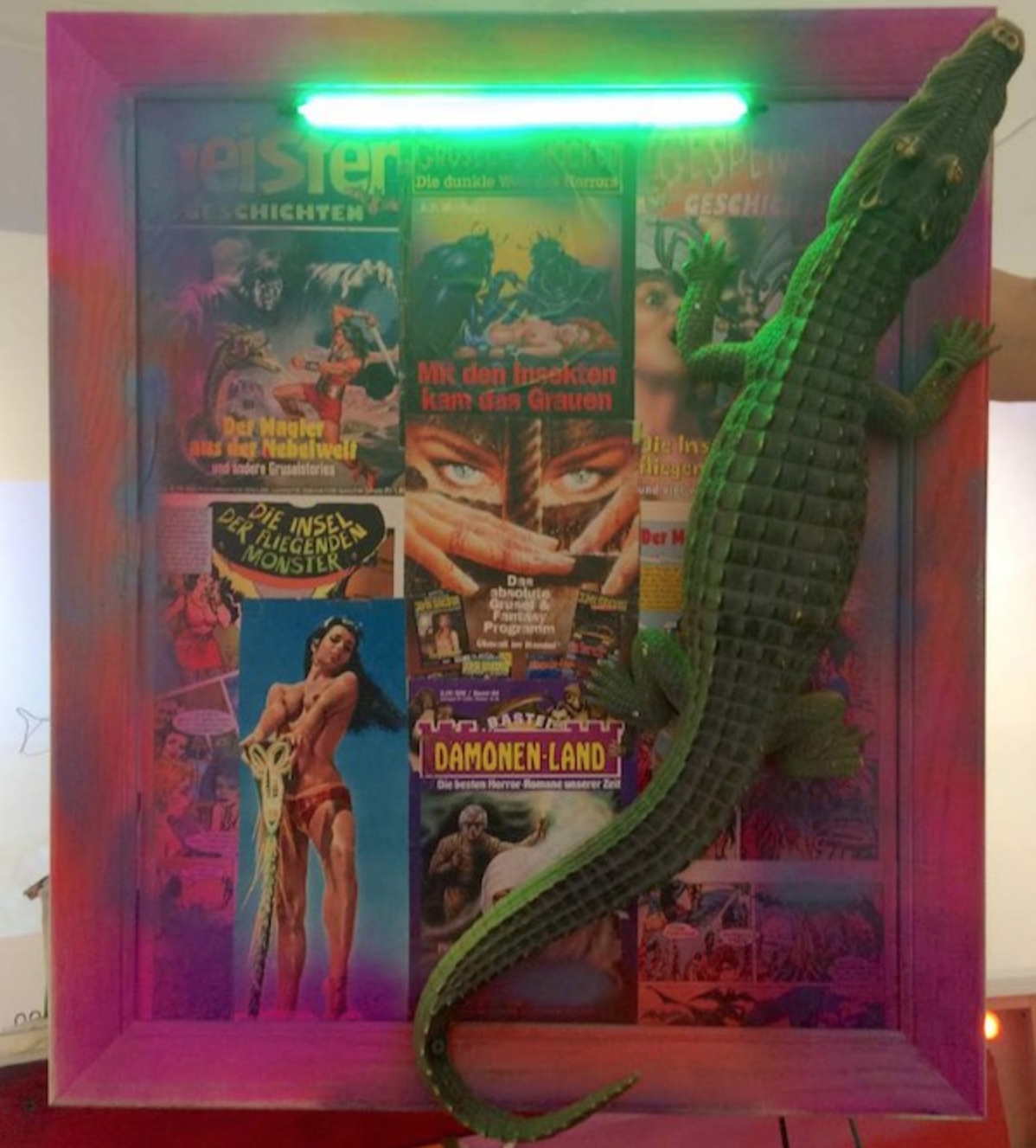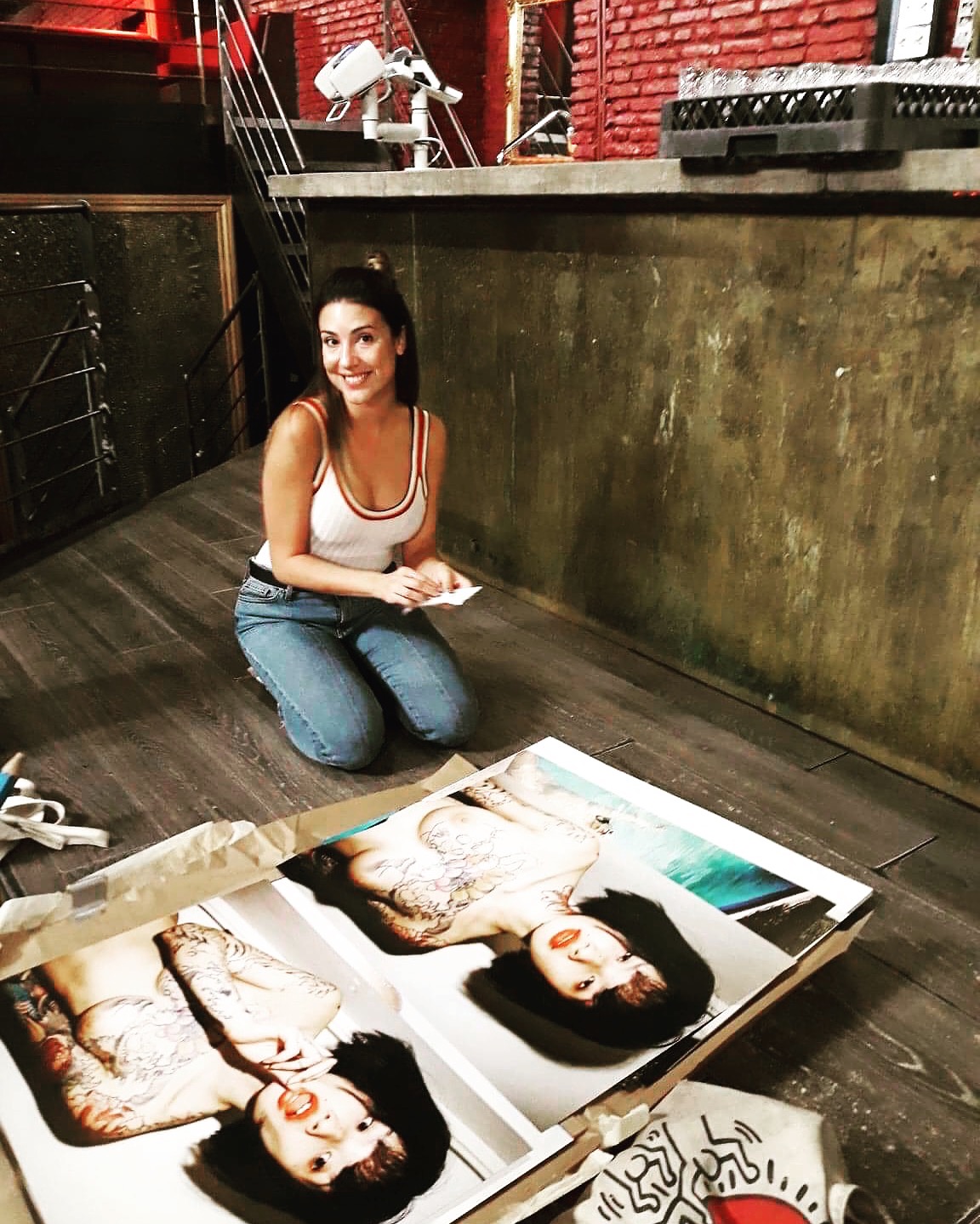
Danika Maia is kinda living the dream. After years of working as a creative strategist — including some time working in digital media for Vice and also for us here at Uproxx — she took what was once a side hustle and turned it into a bonafide job. That’s not to say that what was once a point of interest for her became a grueling slog. We mean the kind of gig that’s rewarding and fulfilling and keeps you in traveling cash. That notion everyone talks about: making money through passion? She’s pulling it off.
On her Instagram, Maia is essentially a digital curator. And with her curator’s eye, she created BLA — a multicultural creative collective and talent management company that showcases art and music. Through cultural exchanges, Maia facilitates a space for artists and the general public to connect on a personal level and develop a greater and more compassionate appreciation of one another.
On Saturday, Maia launched a full-fledged exhibition (curated with Tova Lobatz) called Illuminate at the Heron Arts gallery in San Francisco. The show will run from September 22nd to October 20th and its free-to-the-public opening reception featured Swedish-Kenyan musician Beldina. Throughout the run, thirteen artists personally-selected by Maia and Lobatz are showcasing work that explores cultural identity and stereotypes through a variety of different mediums.
On the eve of the Illuminate launch, we spoke with Maia about her hustle and asked her to share some of the art being shown in the show.
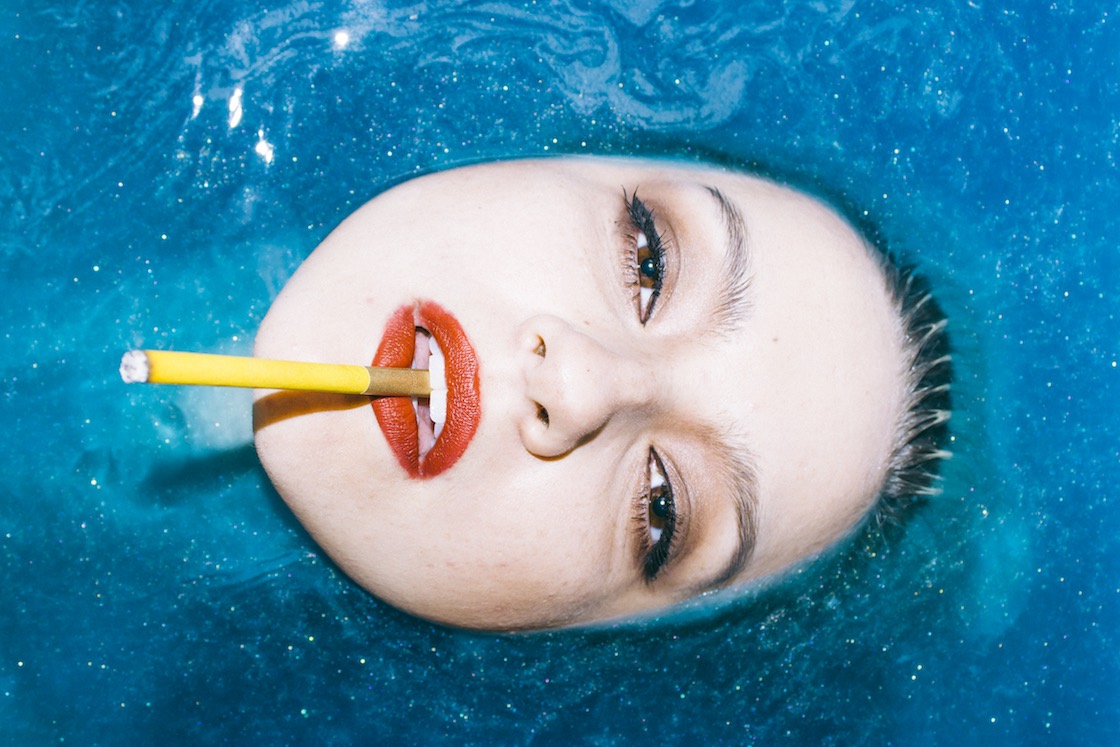
BLA is a creative agency but your roots are through blogging. So how did you get from a blog to what BLA is now?
I began my career in college, I studied digital media and communications which was very focused on branding and content, marketing, and digital marketing. Eventually, I started to realize that working with brands was an amazing way to A) Show people new art and B) get artists paid, because it’s very hard as an early-career musician or artist to actually make money out of it. And I was very interested in seeing how I could sort of showcase all the talent and friends that I had worked with in Copenhagen and L.A. because they’re both such hubs for all things entertainment and art. I was very interested in the idea of being “experiential” as well. How do we get people not just looking at things online and consuming content but actually out and looking at art in real life, meeting artists in real life, and meeting other people who are interested in art and building community?
And I think it very much stems from being a scene kid when I was in high school. All of the outcasts from school… we could always get together with friends at a show who are linked by this common love or hobby or whatever that is. And I feel like we kind of miss that now, we don’t really have these scenes anymore where you know like I’ll go to this show and I know what group of people is going to be there and you’ll go see your friends band a zillion times even though you’ve seen it before but you just want to be there for the community. And so yeah, it started as a private blog where I was just showcasing Nordic culture, art, and music in L.A.
What about Nordic art drew you in? Was there a personal connection there?
I have Danish citizenship and I went to college and lived in Copenhagen for five years and during that time I would visit Iceland, Norway, Sweden and just all had an extremely thriving and very cool scene in terms of fashion, food, music, art, photography, et cetera. So it just started with that Nordic connection and then finally this year I started doing events after never having really produced an event on my own. I had been part of a company helping with production and stuff like that but I was just like “Okay, a new year — we’re just going to try to do an event and see if we can pull off this concept!” So the concept was combining local artists with artists from Nordic cultures across mediums visually and then also having live music acts and some food like some kind of Scandinavian or Nordic snacks or food.
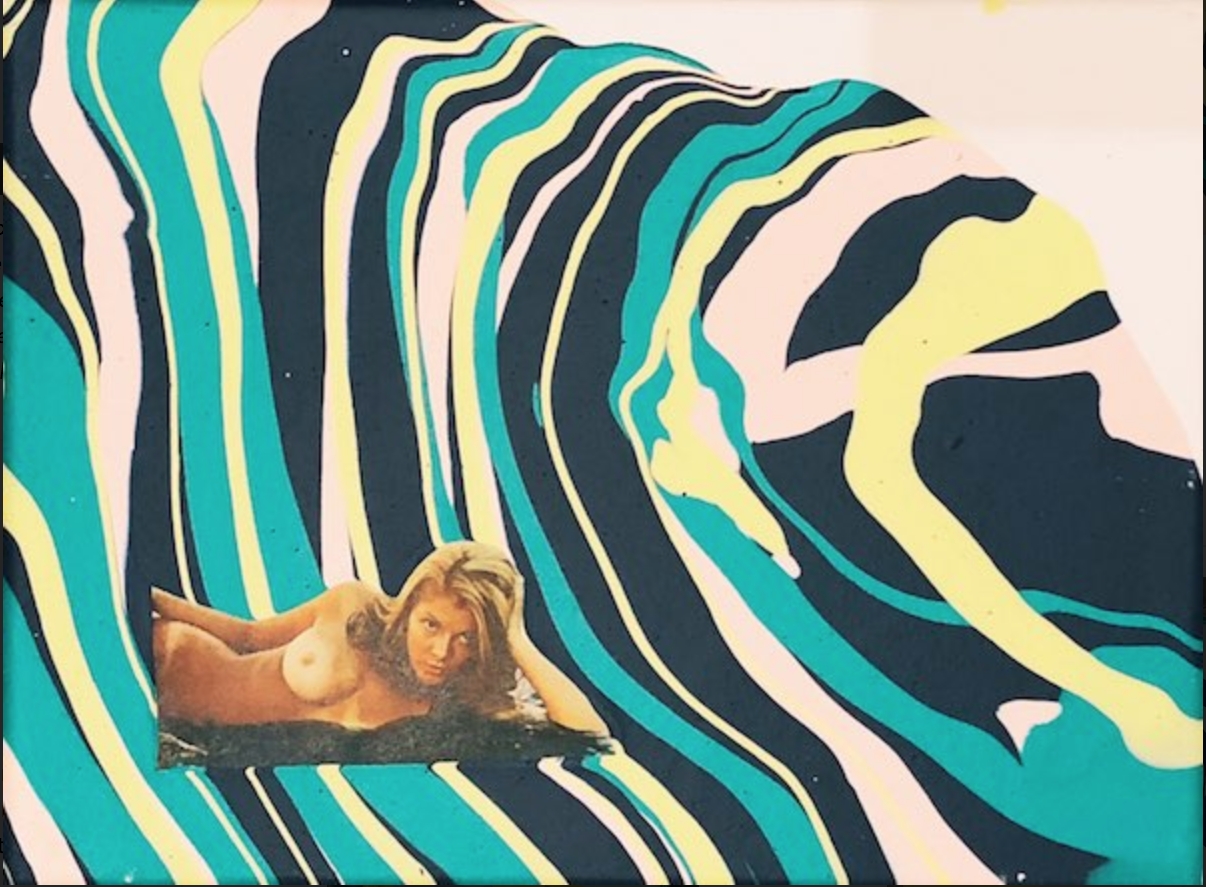
Did that risk of just going for it pay off?
They were a really big success! I was contacted by Airbnb after… the first or second one. And they had just happened to launch a platform called Airbnb Concerts which is basically like intimate concerts in unique settings that are curated by the host — so in that scenario you’re like hosting an experience instead of hosting someone at your place. And I did a couple of those in L.A. still with the Nordic scene. And they just got bigger and bigger every time and I saw that people from all over from South Central to Malibu to West Hollywood to downtown would come to these things to experience something new and they’re very interested in the cultural influences of the different artists.
As the events grew, how did your initial concept change?
That kind of just spurred the idea to expand it and just make it multi-cultural. I didn’t want to be locked in to always finding just Scandinavian things and I also wanted to learn about other cultures and meet artists from other cultures myself. So I quit my job and went on a kind of tour with this idea because through Airbnb I could sell tickets and kind of find a little bit of a PR network in places. So I went to Monterey, Mexico City, New York, Iceland, and Copenhagen and did events in all of those places except Iceland. But in Iceland, I went to a festival and built up these connections with people and told people about the idea… Mexico City and New York were both with Airbnb and then Monterey and Copenhagen were just with my own connections. And then that all sort of culminated in what I’m doing now, which is I’ve co-curated my first longer-term group exhibition with a gallery.
And everything else before has been kind of more pop-ups, one night only “buy it if you can” or “make it if you can.” But this will be the first time that’ll be longer and we have 14 artists, 13 visual, one music artists and I curated half of them and also half have worked with me before, so it all kind of starts to come together. And now they’re all being showcased at this gallery and hopefully just continue moving forward. Keep doing things together and building on the community part of it and figuring out how we can turn it into a living as well because of course, that part is hard.
So that’s not unlike curating a blog right? I mean you started off kind of curating your own content and now you’re getting to curate it for galleries so that’s kind of like a realization of your original concept!
No, that’s exactly right. And I have both like a soft spot and a hard spot for Instagram because, on one hand, I would say 90 percent of my work is through social media mostly Instagram and then goes to e-mail and then a fraction of it is just actually producing the event. But Instagram gets such a bad name because there is so much pointless content on there. And kind of pointless talent that’s getting paid so much money for not really doing all that much but then at the same time it’s the craziest way I’ve ever witnessed to find new artists, through hashtags and tags and curator pages and stuff like that.
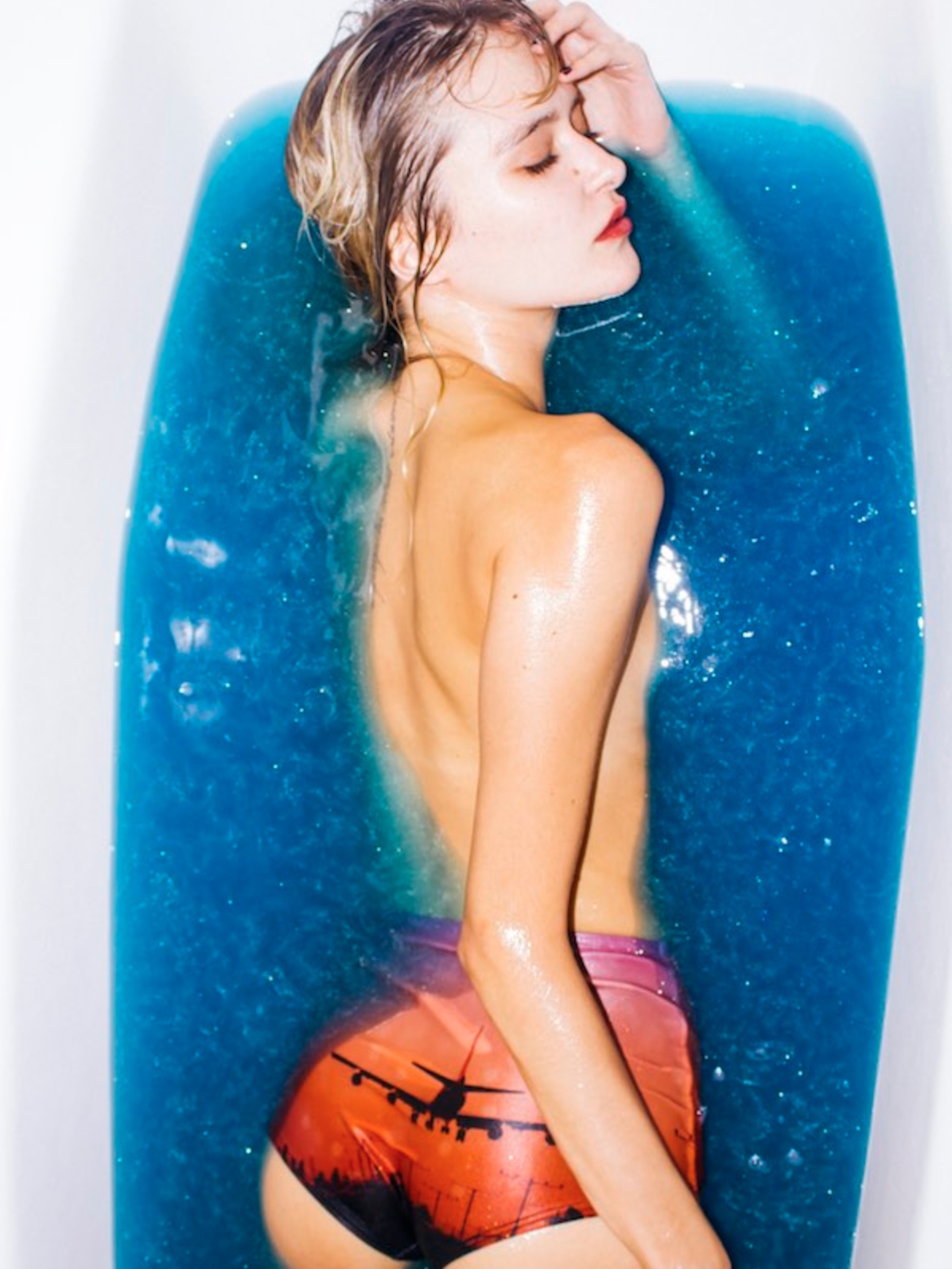
What has working with artists taught you and why is that relationship unique?
The instantaneous and exponential growth of the community through art and music just gives me so much energy to keep doing it because people keep coming out, they keep following. They come for one person, they follow all 10 by the end of the night… Working with artists so closely has really taught me about a sense of community and curiosity and the importance of empathy like understanding where they’re coming from and if they need something from me. It can be easy to get annoyed. Creative and admin things sometimes clash, so learning to empathize with the creative process and realize that I can be creative and still have to admin and be organized — that’s my role. Just to be sensitive to how everybody is just trying to make it work.
So you’ve kind of talked about a sort of cultural exchange between artists and the people who are viewing the art and you as a curator. Why is that cultural exchange so vital?
It’s definitely the most vital part about what I’m doing. When I lived in Denmark the big crisis was refugee immigrants and — it’s a similar but different can of worms here now too with Trump and I think the most important thing is you have to understand that everybody believes what they believe because of their experience and their cultural upbringing. And culture is very wide, you can have a culture based on what neighborhood you’re from, what time you’re from, what place. And it all affects the way you think and we can’t understand and sort of understand things about other cultures and why they think. Otherwise, we’re just always going to be combating things that don’t make sense to us with things that don’t make sense to the other person or the other idea.
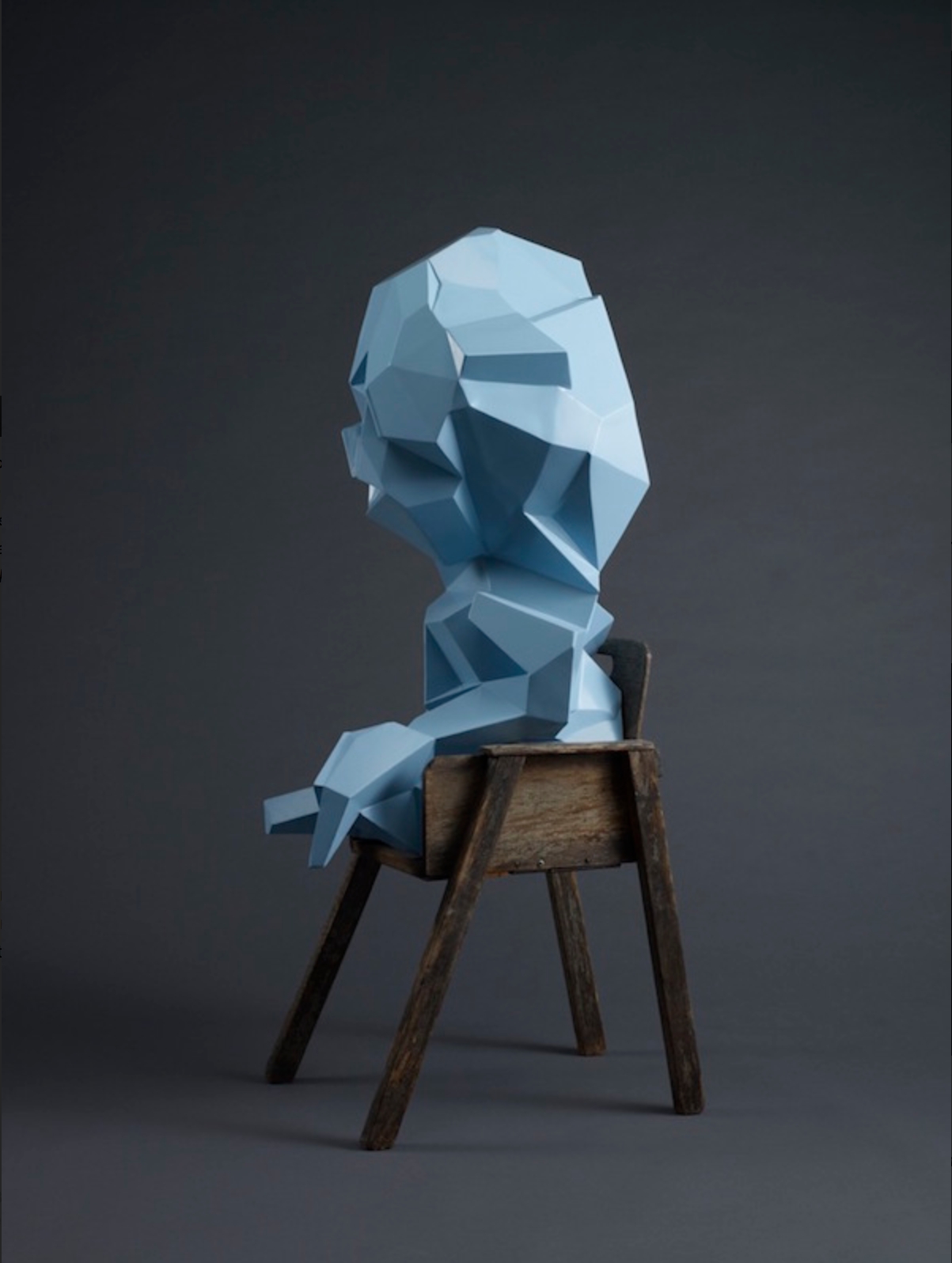
Right. We get stuck in a cycle.
It’s about understanding how people think or why they do or say or think a certain way. Obviously for this show in particular, Illuminate, that’s opening on Saturday, Scandinavian and Nordic culture politically and in terms of society is very very different then what we’re experiencing now with healthcare and Trump and so there’s a little bit of a political charge to a lot of the pieces and I think that’s always very interesting just to see it. It’s about perspective and understanding.
So what’s next?
So we have the opening of the gallery exhibition on Saturday and then I am coming back to L.A. and I have a project called L.A. ART LOT which is going to be at Platform in Culver City and it is combining…basically bringing people in to experience fine dining and wine and while they’re there expose them to artists from across cultures that I’ve been working with in L.A.
I look forward to being able to go to that, sounds cool!
Yay! Definitely, you’re absolutely invited.
